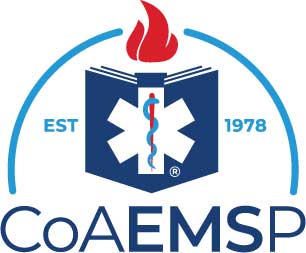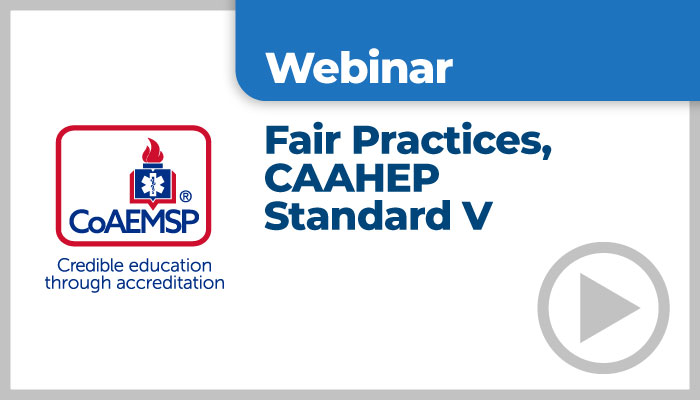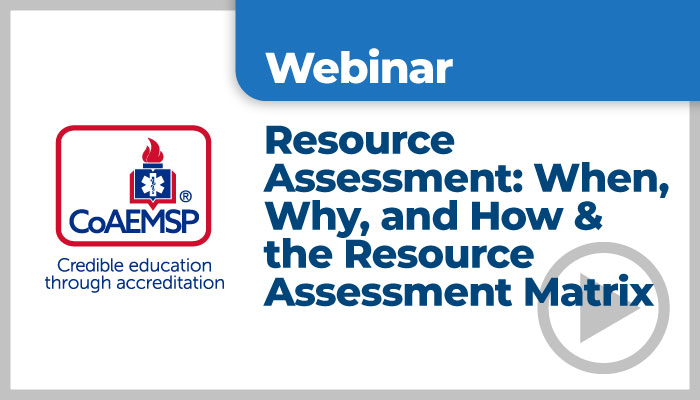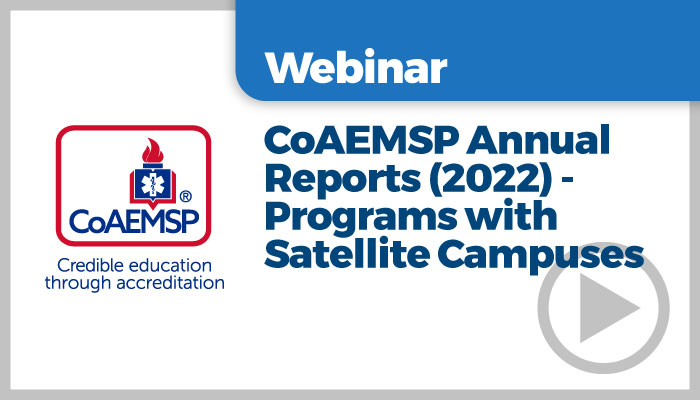Recorded August 2, 2023
Facilitators:
Patricia Tritt, MA, RN, Technical Consultant, CoAEMSP
Lisa Collard, AS, Assistant to Executive Director, CoAEMSP
Programs should evaluate their services in a variety of ways, obtaining input from multiple sources. Assessment methods include resource assessment tools; regular surveys or evaluations from students; end-of-program evaluations from students; evaluations from students on specific clinical and field internship rotations and preceptors; comments from students, faculty, employers, and Advisory Committee members; CoAEMSP Annual Report; and use of tools such as a SWOT analysis (strength, weaknesses, opportunities, threats). These processes are all part of quality assessment and review and provide the basis for long-range planning. This presentation will review available tools, appropriate intervals, and best practices from participants.
- Describe various methods used to evaluate the effectiveness of their EMS educational program.
- Identify which evaluation tools are required by CoAEMSP for program and student evaluation.
- List the timing of the required evaluation tools.











